Unique technique of creating skirt waistband pattern
The ancient Muong community in Hoa Binh was closely associated with agricultural production, self-sufficient economy, in which weaving was of primary importance among traditional crafts. The traditional costume of Muong women includes: Ao pan, bib, skirt, tenh, and head scarf. In which, the waistband of the skirt is the highlight, containing cultural essence; the technique of creating patterns on the waistband of the skirt determines the value of the costume.
Muong women at the weaving loom.
The waistband of the traditional costume of Muong women is elegant, discreet, but no less unique. The patterns on the waistband create value and uniqueness. Therefore, when describing the traditional costume of Muong women, folklore researcher Tu Chi once wrote: “They do not carve on wood, stone, pottery, metal, do not carve wooden statues, stone statues, do not mold clay statues, do not cast bronze statues, but they weave their aesthetic concepts into the waistband of women's skirts! The waistband here is like a statue, like a painting!”
You have to observe carefully to see the full value of Muong brocade. A skirt waistband consists of 3 parts from top to bottom: Upper band, lower band, and upper band. The upper band consists of geometric patterns, representing different shapes of the sun in a horizontal layout. Covering the upper band are many motifs of overlapping diagonal squares, large squares nested in smaller concentric squares.
The lower part is the most important part of the Muong skirt waistband, with motifs simulating animals and plants interwoven with geometric decorative patterns. This part often requires the use of a special loom with dozens of sticks. The upper part often has alternating yellow, blue, and red stripes and is dotted with a few patterns.
Patterns on the waistband of the Muong people's skirt.
Weaving is a job that requires diligence, meticulousness, dexterity and aesthetics. The process of creating a skirt waistband goes through 4 main steps: Hanging the fabric, rolling the fabric onto the shaft, picking up the pattern, weaving the pattern. Of which, the pattern picking stage is the most complicated, requiring precision and spatial imagination. Each pattern motif needs a separate system of looms to fix the yarn, then the weaver will weave in turn in the picking order that has been "memorized" by eye and hand. Depending on the sophistication, a skirt waistband can require up to 40 - 50 looms.
Colors are also carefully selected for decoration. The main colors that Muong people often choose are white and black, in addition to blue, red, yellow, brown, indigo... Dyeing fibers to create beautiful, durable colors is also an art. Muong people create natural colors in the traditional way such as: Red color is made from chopped phang tree, boiled thoroughly, then soaked in fibers, adding a little ant wing to make the color darker and not fade. Yellow color is created from co hem tree, pui tree, vang fruit or turmeric...
Language of Patterns
What makes the waistband valuable is the rich system of patterns, both decorative and containing deep cultural layers; reflecting worldviews , outlooks on life, concepts of aesthetics; expressing the desire for prosperity, happiness... Each pattern has its own meaning.
Muong women in traditional costumes.
According to the Muong people's concept, dragon and phoenix patterns symbolize strength and nobility, and are often used by people of the Lang family. Dragons are also associated with the water element - an indispensable part of the Muong people, because the community lives mainly on agriculture . Bird patterns symbolize care and respect in Muong culture. Deer symbolize friendship and kindness. The tlang flower symbolizes the love between husband and wife. Sim flower symbolizes loyalty. Pure white grapefruit flowers symbolize the purity of a girl...
As a person passionate about Muong culture, Muong native Bui Van Nam - an officer of the Department of Culture, Sports and Tourism shared: What is special is that many of the patterns on the Muong skirt waistband are also popular motifs on Dong Son bronze drums. This shows that the Muong skirt waistband patterns have both artistic and historical value, related to the glorious period of Vietnamese civilization.
Preserve and promote heritage values
The creators of the art of creating Muong skirt patterns are women. They are also the ones who preserve and pass on the quintessence of the nation to the next generation. From the age of 5-6, girls are taught how to spin and weave, and when they are 9-10 years old, they learn how to create skirt patterns. Almost all Muong girls know how to make the most beautiful traditional costumes to wear on weddings, festivals, and important occasions.
Foreign tourists enjoy the experience of wearing traditional Muong ethnic costumes.
However, in modern life, this heritage is facing the risk of being lost. The number of people who know how to weave skirt waistbands is small, mainly the elderly. Traditional costumes are gradually being replaced by industrial fabrics, convenient chemical dyes...
Faced with this problem, the province has had solutions to preserve and promote heritage values such as: Issuing projects, supporting artisans, opening teaching classes, organizing costume performance activities associated with festivals and community tourism...
Promoting the cultural values of Muong people, Thanh Cong Cooperative in Thong Nhat Ward has opened a workshop to weave and sew traditional costumes, with 10 looms and 10 skilled workers. Members such as Ms. Quach Thi Hien, Phung Thi Tiep... are local people, knowledgeable about traditional history, have created products imbued with cultural identity, with an output of about 550m/month. Ms. Quach Thi Dung, manager of the cooperative, said: Initially, the cooperative only had 7 members, now it has increased to 20 members. Not only contributing to preserving heritage, the cooperative also creates jobs for about 40 seasonal workers.
The art of creating skirt patterns of the Muong people is not only a basic element of culture, but also a treasure trove of folk knowledge, a living heritage containing ethnic identity. Preserving and promoting the value of heritage is also preserving the national soul in the era of integration.
Cam Le
Source: https://baophutho.vn/doc-dao-nghe-thuat-tao-hoa-van-cap-vay-cua-nguoi-muong-236343.htm


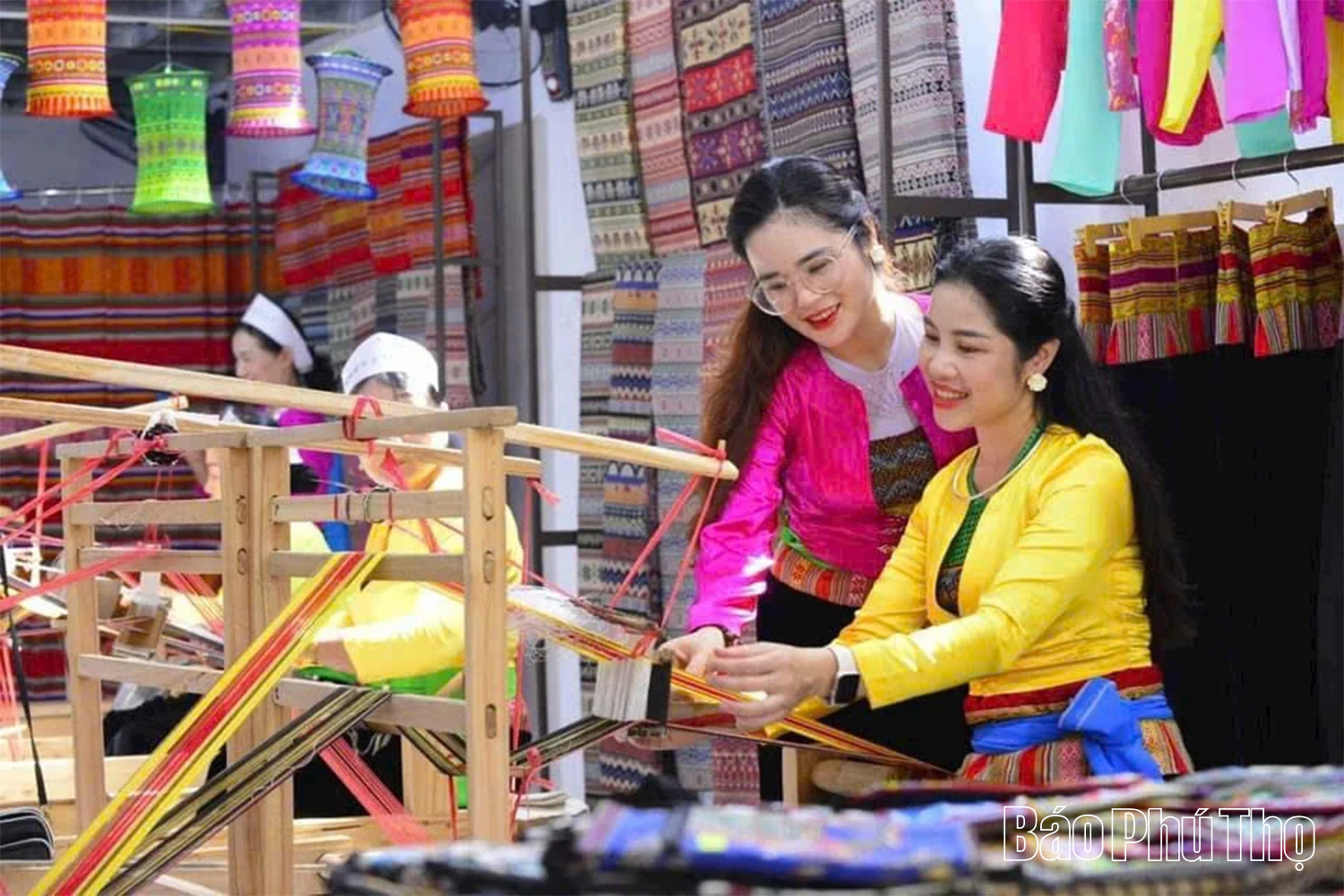
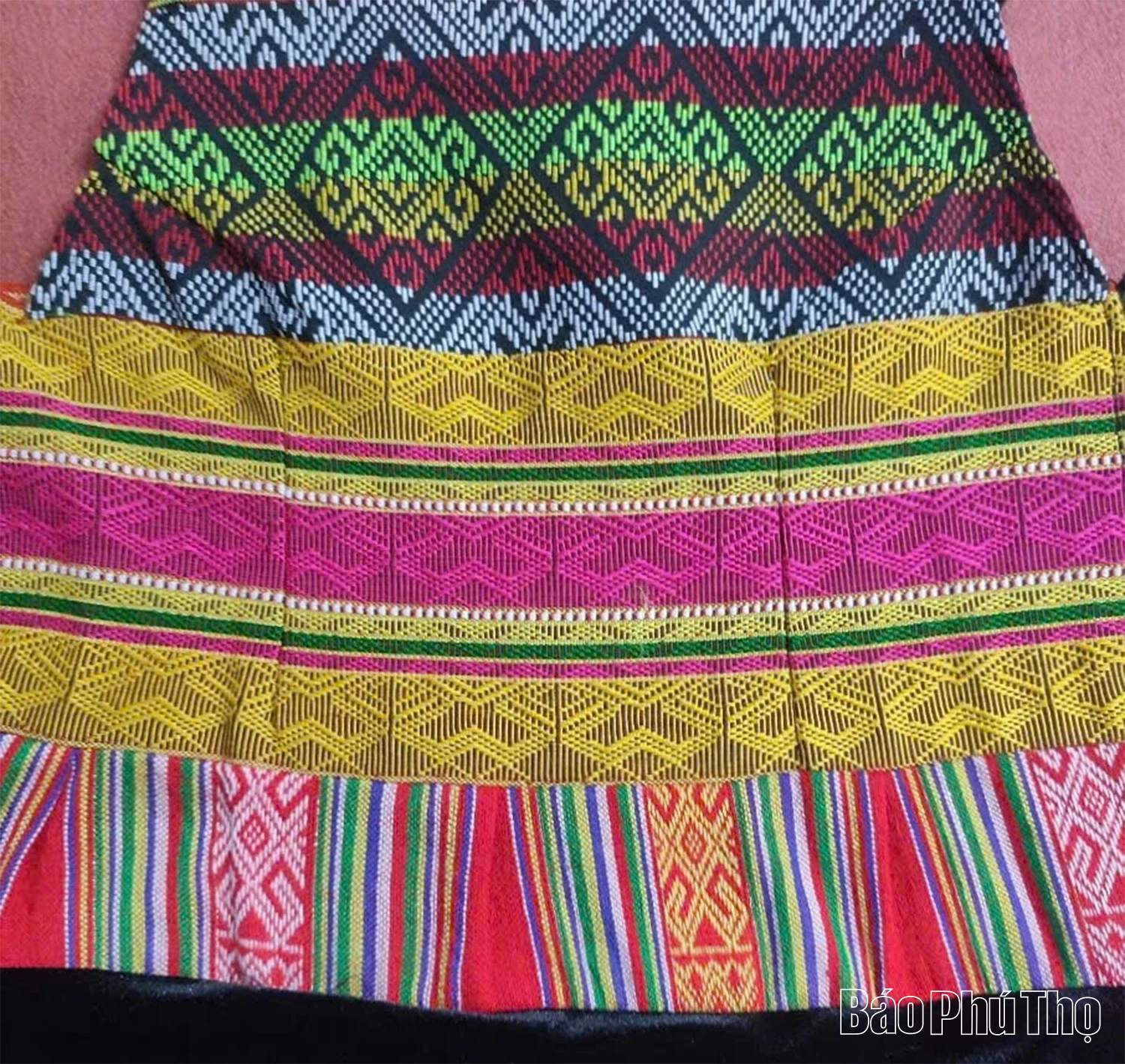
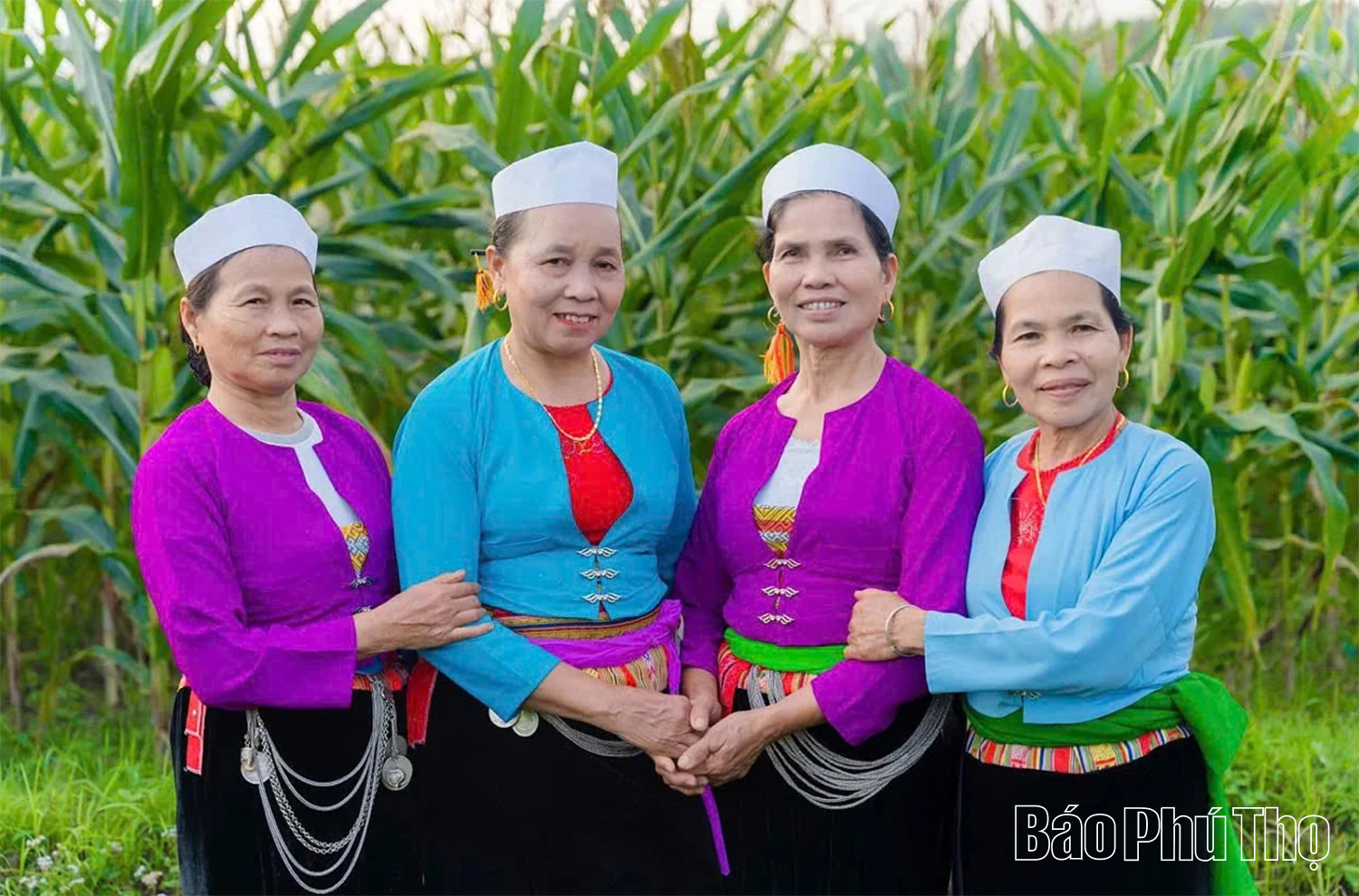
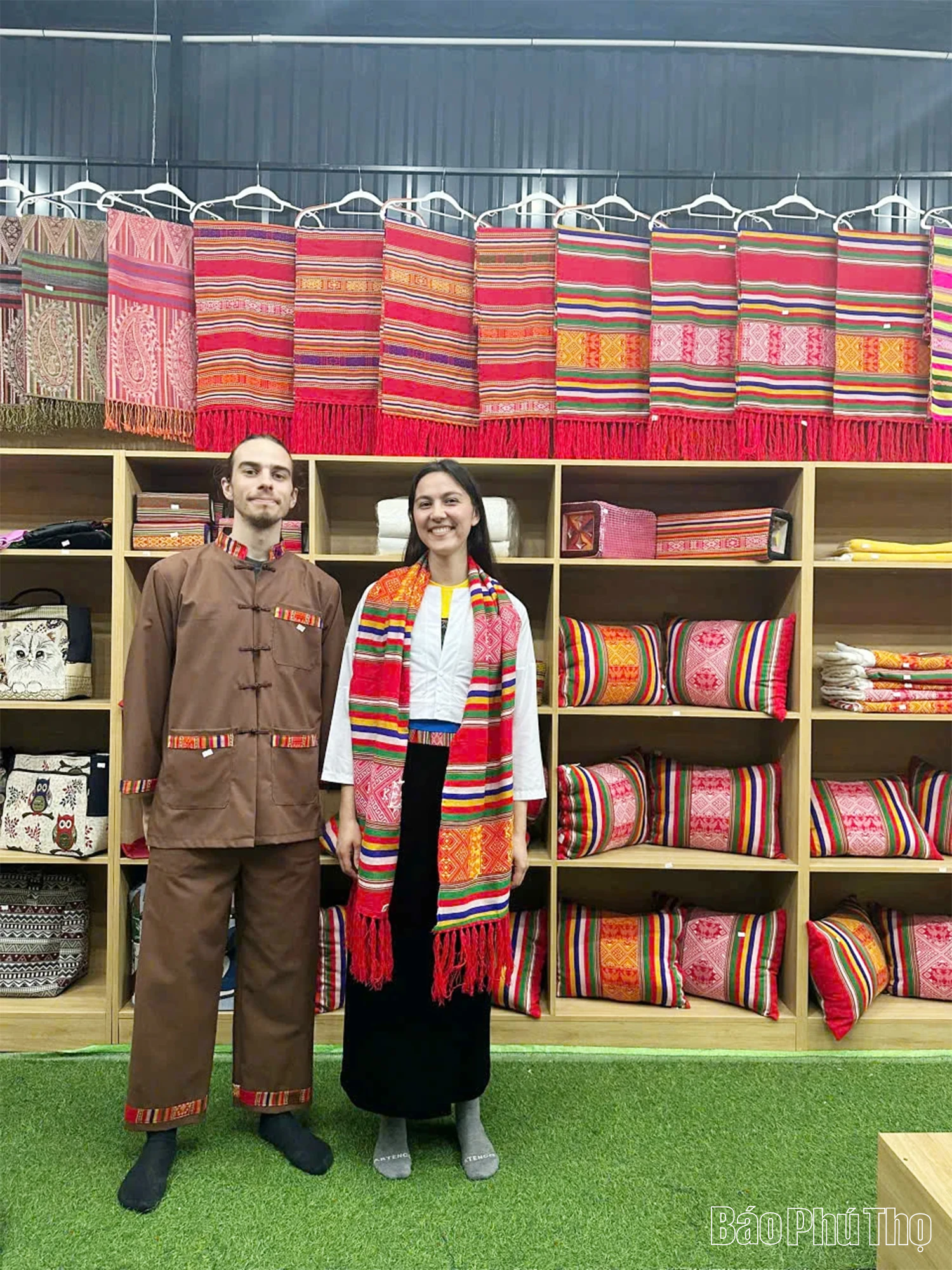
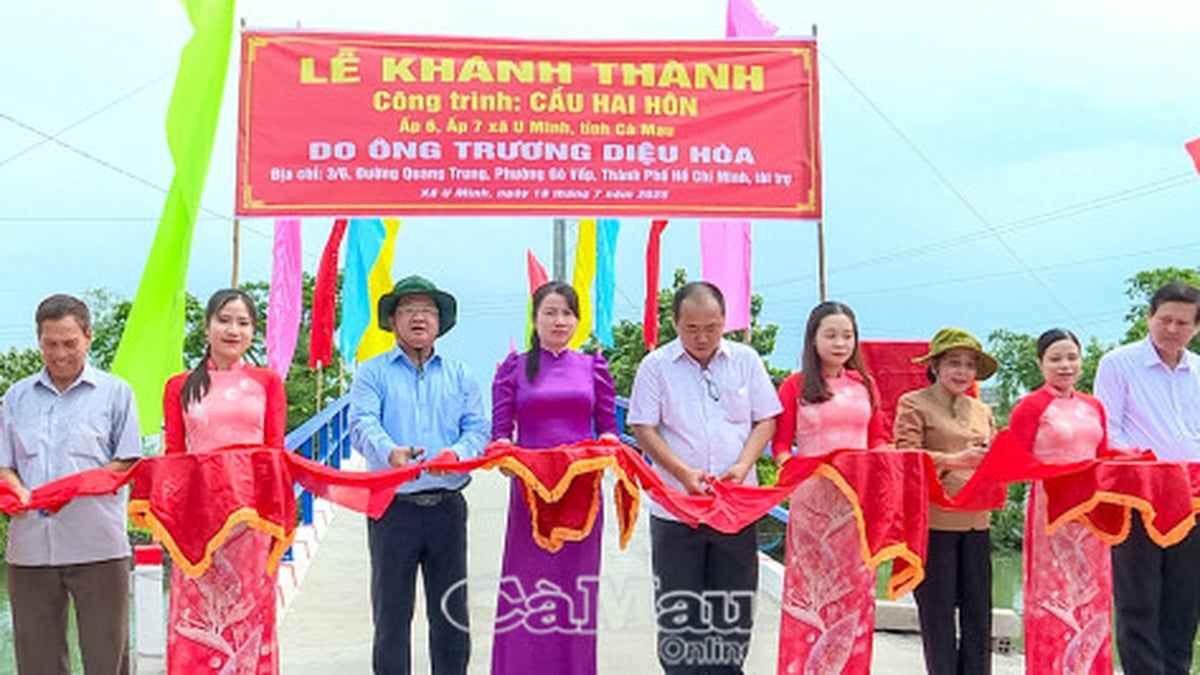

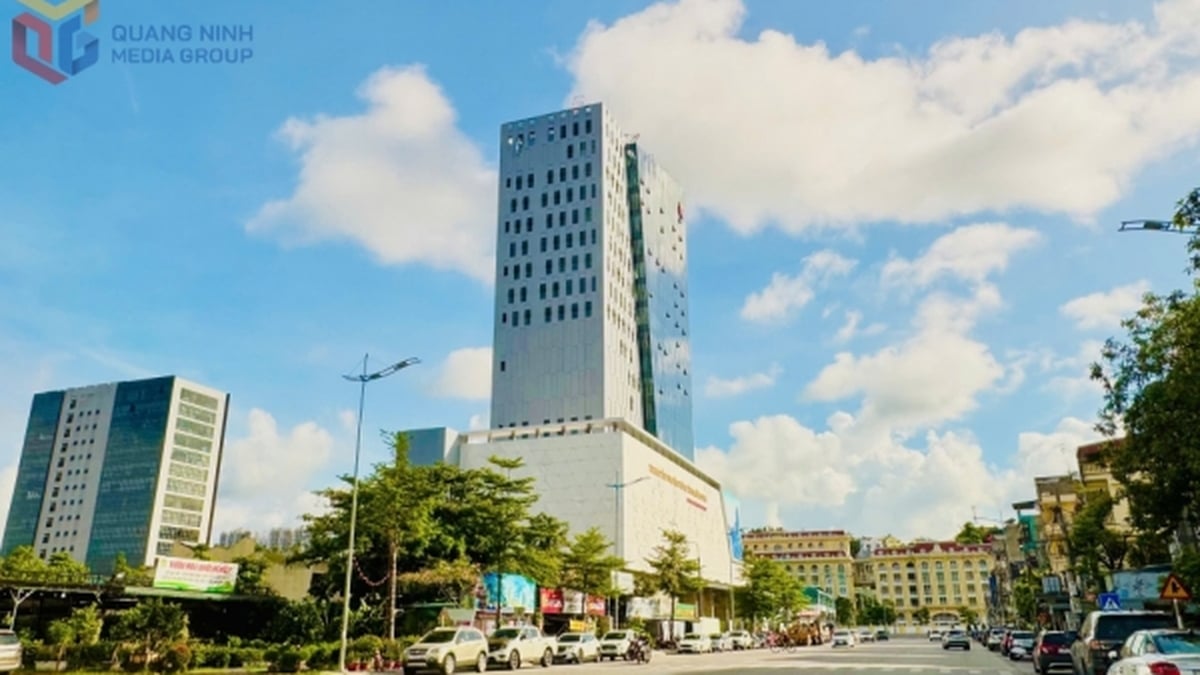
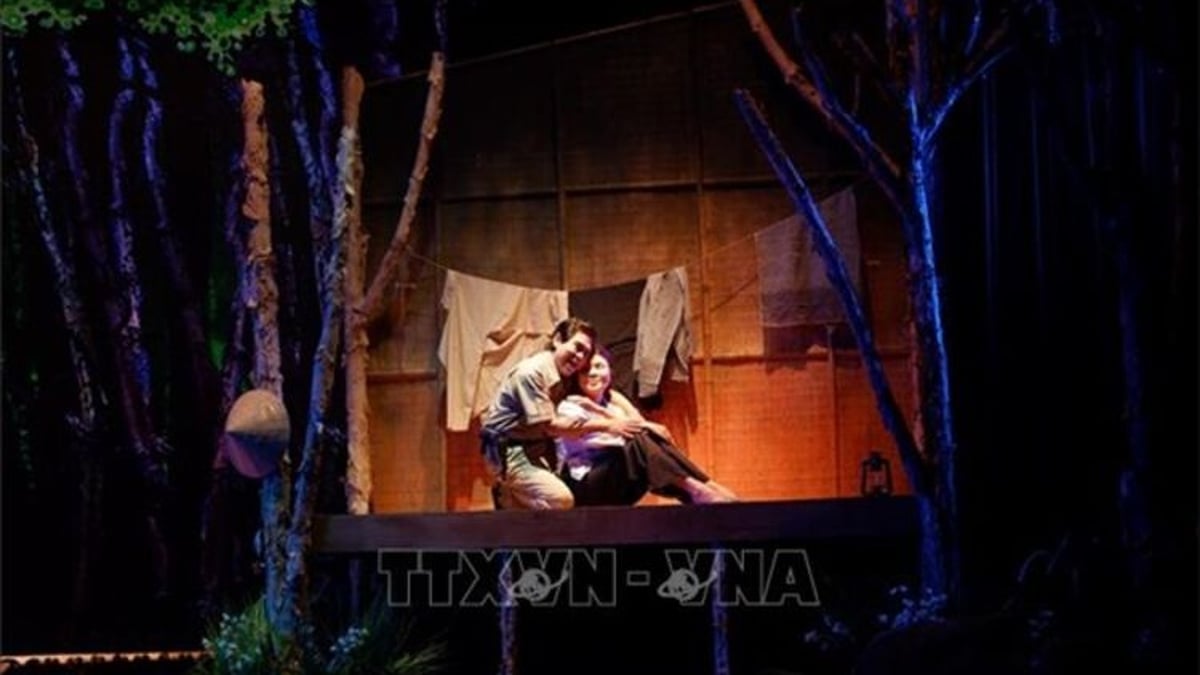
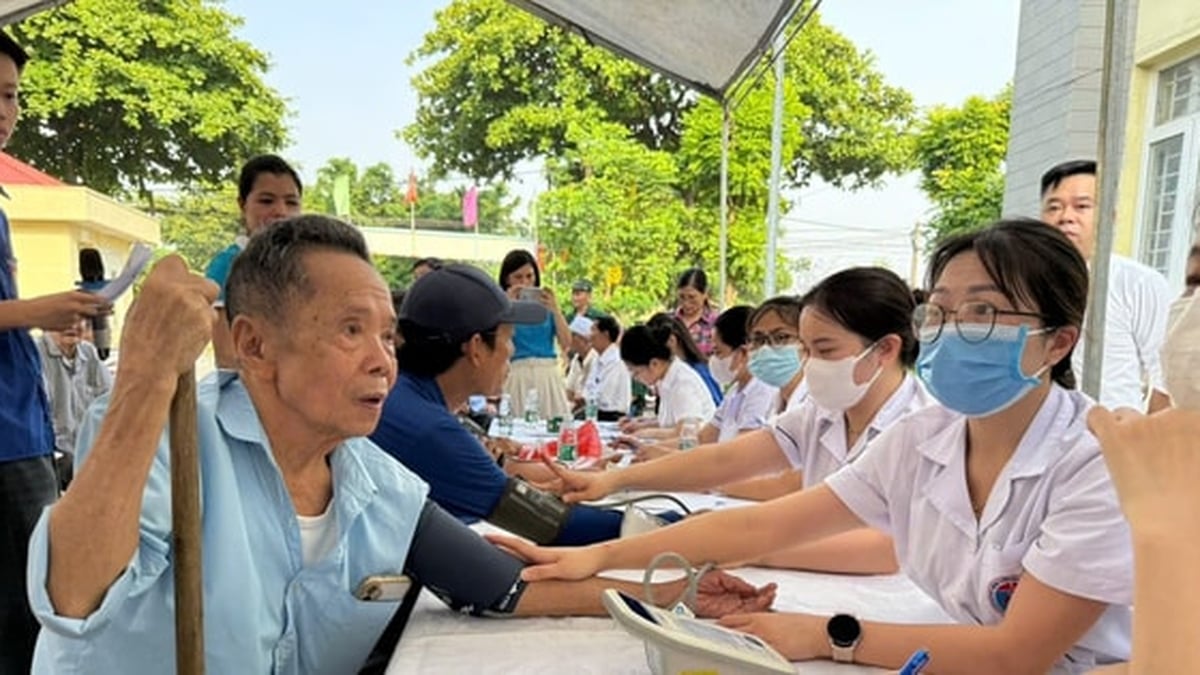


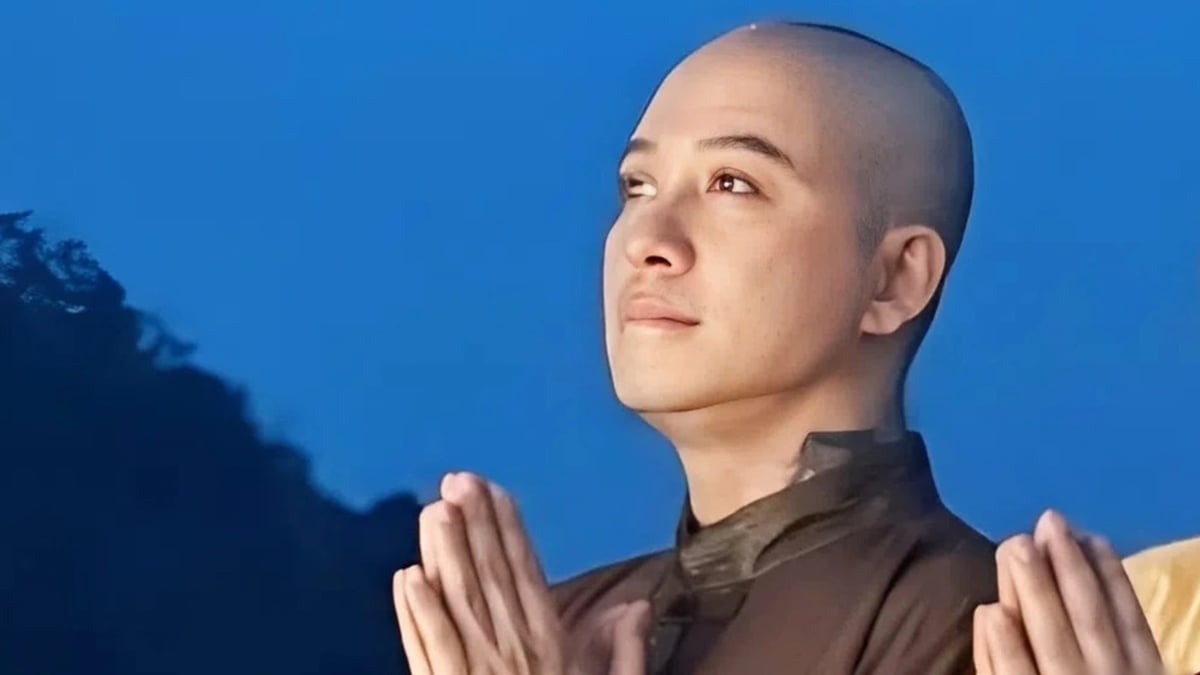

























































































Comment (0)